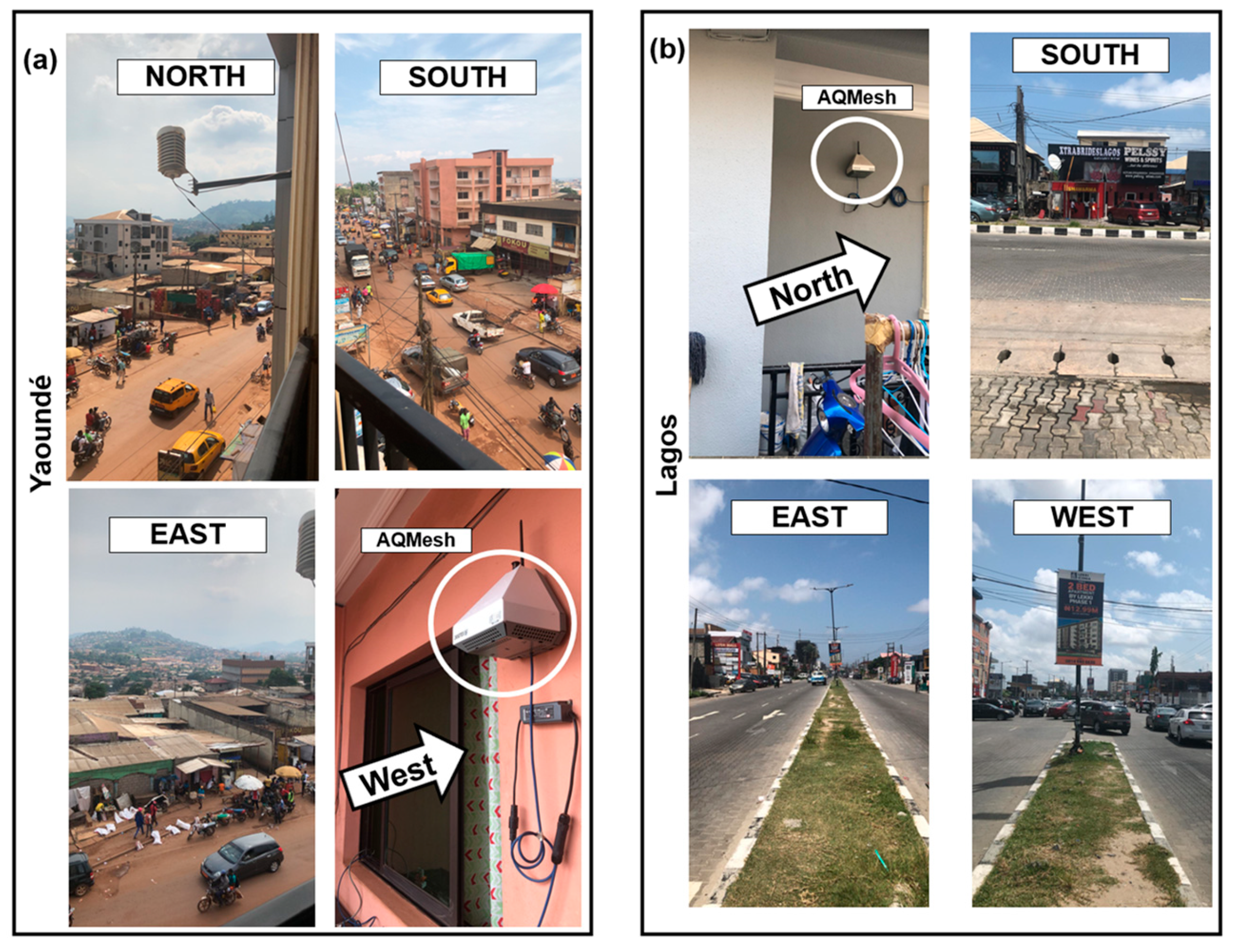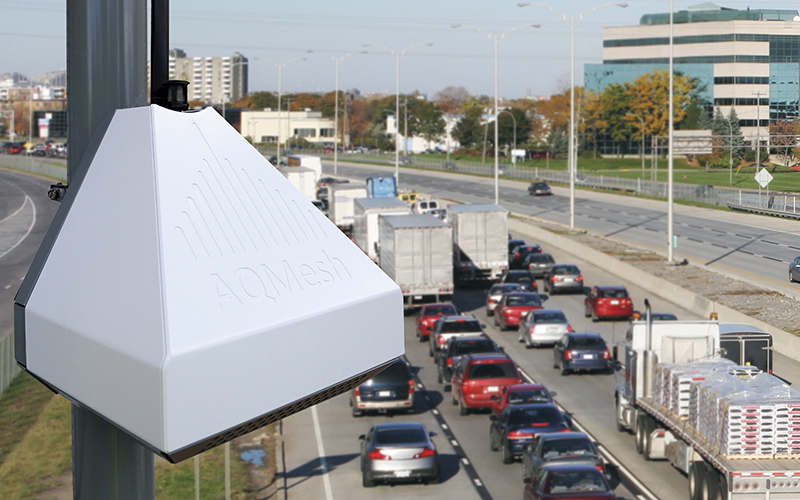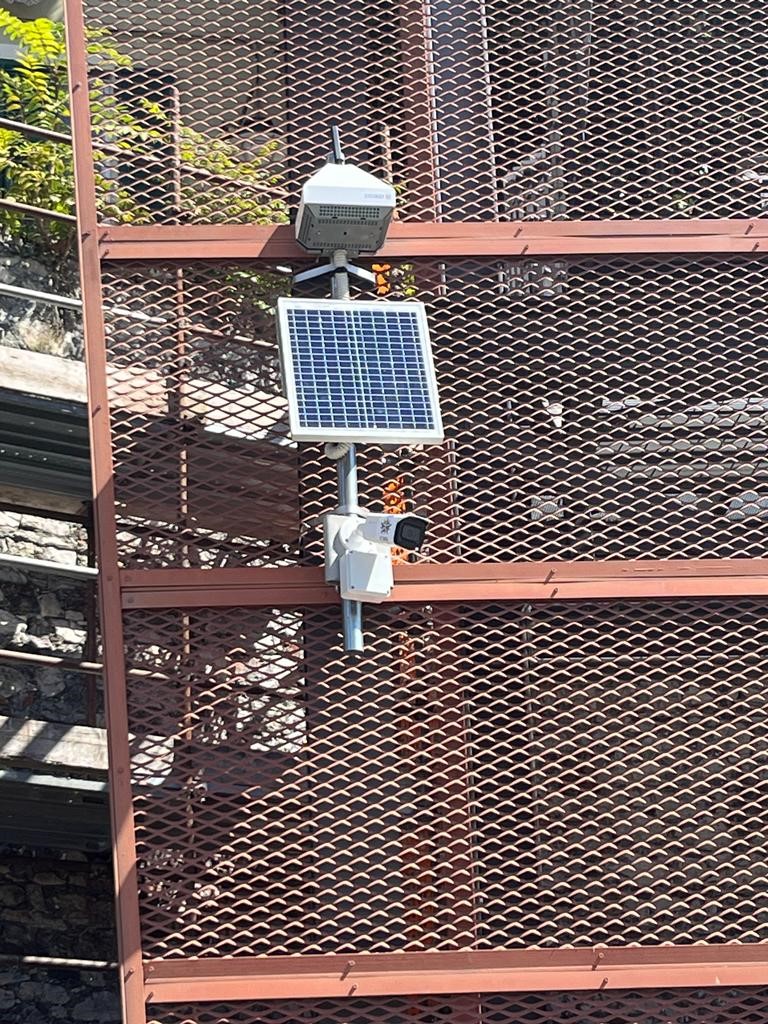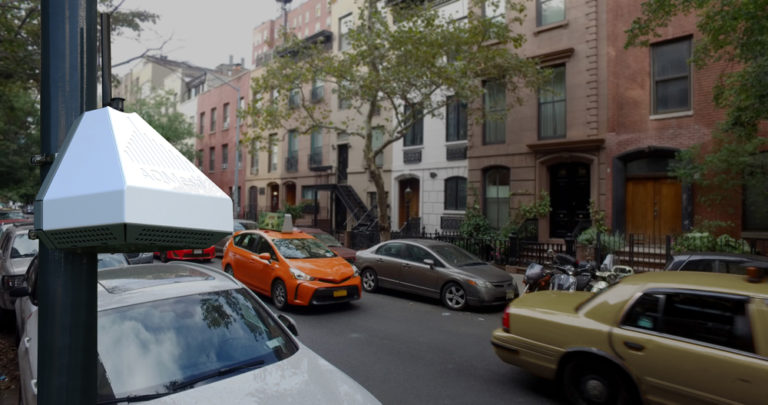Minnesota Pollution Control Agency (MPCA) has purchased fifty AQMesh pods to measure key air pollution gases and particulate matter across fifty different zip code areas. These small sensor air quality monitoring systems measure NO, NO2, O3, CO, SO2, PM1, PM2.5, PM10, temperature, pressure and relative humidity and will be installed – one per zip code – around the twin cities of Minneapolis and Saint Paul. The two-year project, funded by a legislative grant*, is to supplement the air quality information available to the public.
Deployment across the 50 zip codes has been mapped out after several public meetings involving the local community to determine where residents felt monitoring was needed. The small yellow triangles represent the points which local residents asked for sensors to be installed, and the green dots indicate the planned installation site based on the infrastructure available for mounting the AQMesh pods.
“This project is about understanding small-scale differences in air pollution in urban areas in order to minimise exposure to harmful air pollutants, particularly for vulnerable communities. The Assessing Urban Air Quality project will use new air monitoring sensors to broaden our knowledge about air quality in Minneapolis and St. Paul”, commented Monika Vadali, Ph.D, who is leading the project.
The pods are currently installed at the Blaine airport Federal Equivalent Method (FEM) station so that AQMesh readings can be compared to and validated against air quality readings taken using this US approved methodology, with scaling then applied if necessary. The MPCA team intends to install the pods in each zip code during the next month or two. The pods will be powered using a bespoke solar power pack: 30W panels have been specified for such a northern location, compared to the 15W normally required to supply the low-power AQMesh platform. The pods can be battery powered but 12V DC supply was specified, given the 2-year project timescale.
The pods were installed in November 2017 and have achieved 100% uptime to date, including during severe weather conditions, with temperatures below -25°C / -15°F and heavy snow. Initial comparisons against co-located pods show a high level of pod-to-pod precision, with an average R2 of 0.94 for NO2, 0.92 for O3 and 0.93 for PM2.5.
The 50 pods have been compared to the FEM station in two batches of 25, and the first batch of comparisons show an average co-location comparison correlation R2 of 0.74 for O3 and NO2, 0.86 for PM2.5, 0.93 for PM10 and 0.82 for NO. The reference CO showed a baseline shift part way through the comparison period, so that comparison is being reviewed. The SO2 R2 was depressed by a max FEM reading of 2.5ppb, with low FEM resolution, but AQMesh readings were within +/- 2ppb of reference.
The MPCA team is setting up an API connection to the AQMesh server, allowing air quality data to be streamed, near real-time, to the MPCA server, from which it can be published.
AQMesh is in use at various locations in the USA, as well as 35 other countries. The pods deployed in Minnesota are the current production version (v4.2.3).
More information about the MPCA project is available at https://www.pca.state.mn.us/air/assessing-urban-air-quality-project.
* The project is funded by a legislative grant: Environment and Natural Resources Trust Fund (ENRTF) M.L. 2017, Chp.96, Sec. 2. Subd.07b
—–




